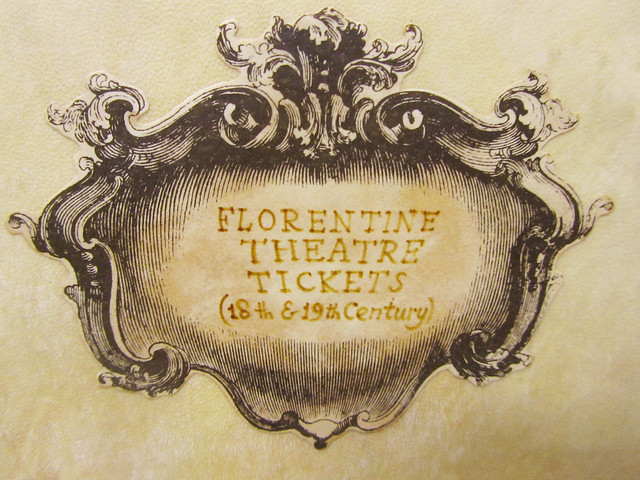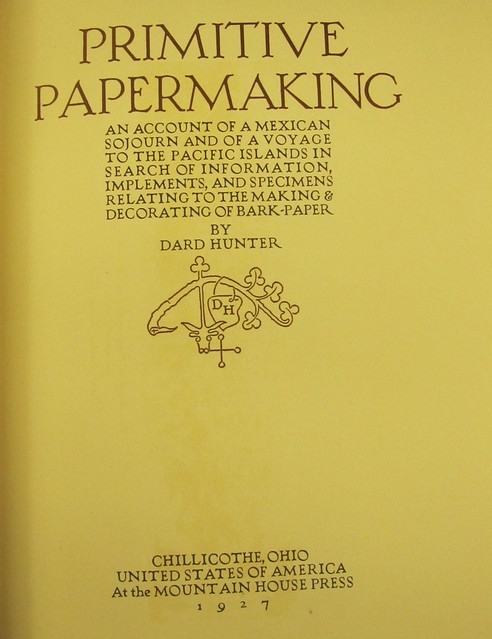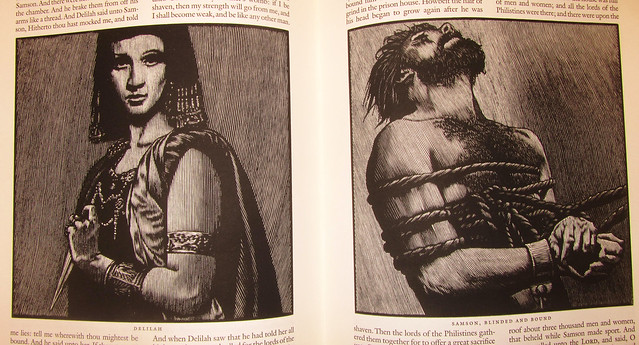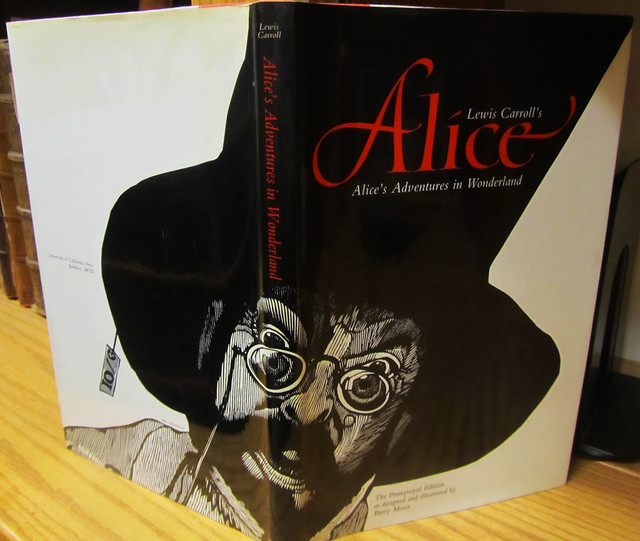This article is more than 5 years old.
An Introduction for Craig’s Folio Review
by Tanya Zanish-Belcher, Director of Special Collections & Archives
When I first arrived at ZSR, the first thing which caught my attention was the mismatch of storage space with our SCA collections, in particular the rare book collection. This collection, numbering over 50,000 volumes, is currently stored in five different storage areas. One of our long-term goals is to review our storage environment and as part of that effort, we applied for a Preservation Assessment Grant for Small Institutions from the National Endowment for the Humanities. NEH recently notified us our grant has been approved, and Tom Wilsted, a nationally known consultant, will be visiting ZSR in early 2015 to conduct such a review (http://www2.archivists.org/prof-education/faculty/thomas-wilsted).
However, the other issue which was of immediate concern, was the fact that every folio was stored upright. It is standard practice, due to the weight of the volume, that these books should be stored flat (for more information on book sizes, please see here: http://www.abebooks.com/books/RareBooks/collecting-guide/understanding-rare-books/guide-book-formats.shtml). Craig and I discussed his completing a folio survey, which would enable us to know how much space we would need for storage, and as Craig points out below, provide him with in-depth knowledge of this part of our collection and its conservation/preservation needs. Congratulations to Craig for completing this long-term project!
Photograph by Ansel Adams
In May, 2013, I began a folio assessment project in ZSR Special Collections. A folio is any item in the collection that is approximately 15 inches in any dimension (38 cm). During this project, I measured and assessed each folio item in Special Collections. This project had two goals: to identify space needs for Special Collections folio items in order for them to be stored flat (as is best for these large, heavy materials); and to identify any preservation needs with each item. There were over 3000 items that I assessed and measured in this project.
So what did I learn in a year and a half of examining these materials?
-Number one, we have a wonderful and amazing collection! We hold a number of early printed titles (15th-16th century), a strong collection of items on printing, paper-making, fine press bindings and poetry broadsides. We have Irish bookplates and 18th century Italian theater tickets, prints of North American wildflowers and even marbled paper in the form of flowers. There are the old books, which are wonderful…but there are the wonderful books that are just wonderful regardless of their age. I’m only mentioning a few of these.
Primitive Papermaking by Dard Hunter, early paper-making pioneer
Arion Press-this fine press in San Francisco operated for decades as the Grabhorn Press, but became Arion Press in 1974. It is a very respected fine press operation which prints and binds their work in-house. We receive everything they print. Special Collections recently received the 100th book printed by Arion Press, a commemorative edition of Walt Whitman’s Leaves of Grass.
Barry Moser– Moser is likely the most talented wood engraver and printmaker in the US. Several of his illustrations can be found in our collection. I’m including two images here. One, of Sampson and Delilah, is from a version of the Bible printed by Pennyroyal Press. The other image is the cover of Alice’s Adventures in Wonderland. Barry Moser used former professor Allen Mandelbaum as the model for the Madhatter on this cover.
What were the preservation issues? I found many books that simply need a glassine dust jacket to protect it from wear and light damage. It was amazing to me how much damage light has caused to our collections. The lights in our closed stack areas are not on that much, but they have a cumulative effect. Many items were also damaged from the wear and tear of sliding in and out of the space where they are stored. Some leather bound books stained the cloth and paper books next to them as well. There are numerous more complicated repairs that I’ll need to address as well as some that should be sent to a conservator for expert repair work. I’m excited to have the opportunity to work on many of these materials.
I have not added the numbers from my measurement of each folio item in Special Collections, but this information will help us plan for a kinder storage of these irreplaceable items, hopefully flat instead of standing on their spines. I am also concerned that we be proactive in protecting items in good condition now before they deteriorate. It is a good feeling to have this knowledge and the ability to go forward with support to conserve our incredible collection.







5 Comments on ‘Special Collections Folio Project’
What a cool project! Thanks for doing it, Craig!
Wonderful!
A very worthwhile endeavor. How great to dig in and get some evaluation done!
Ah, some assessment data to inform future improvements 🙂 Can’t wait to see what the numbers add up to total!
Kudos to Tanya for commissioning the work and to Craig for carrying it out!